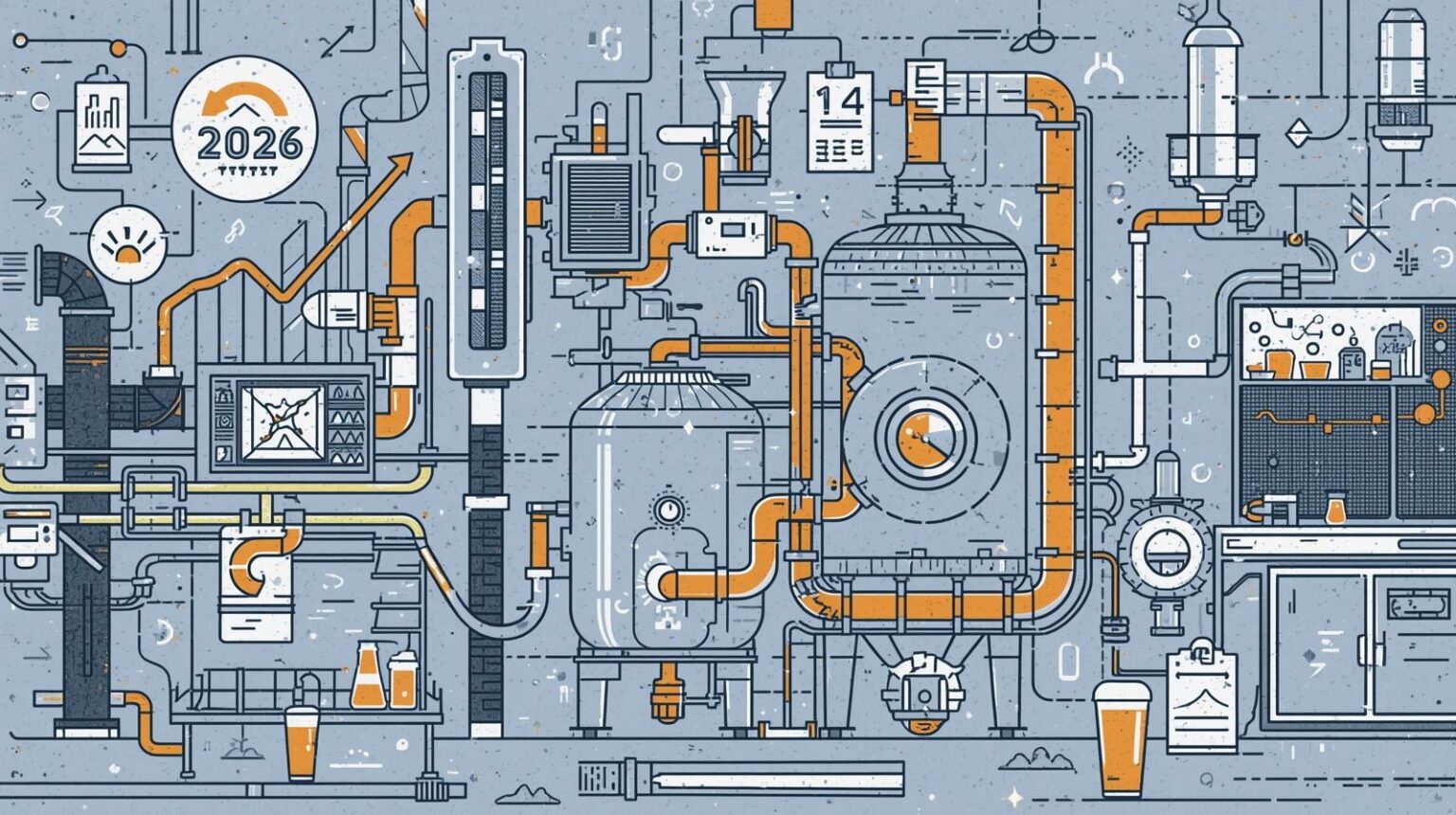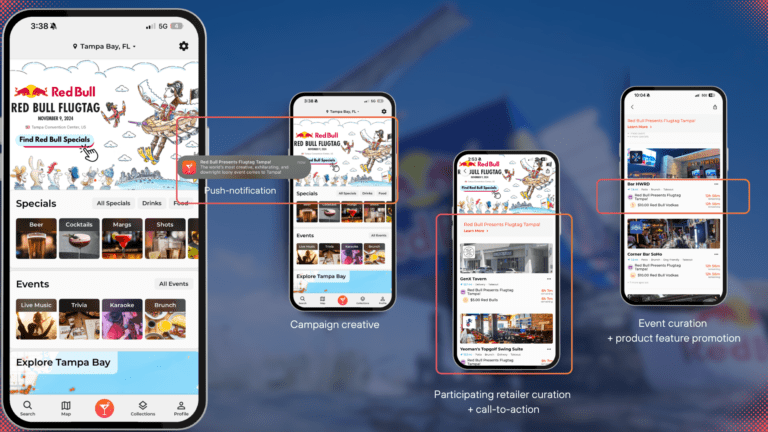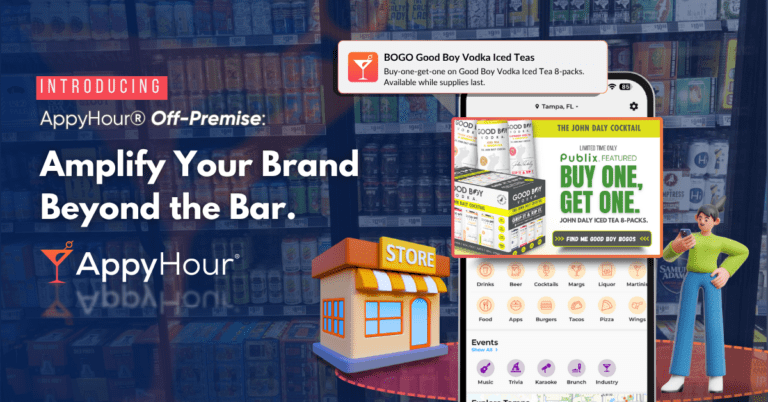
Brewing Through the Crunch: Why Leaner Is the New Normal.
By AppyHour Industry Insights
The beer industry has always been dynamic, but 2026 is shaping up as a reset year for breweries across the country. The numbers don’t lie: consumer demand is cooling, operating costs are rising, and many breweries are being forced to rethink their entire business model.
For suppliers, this isn’t just background noise—it’s the context that defines how your brewery customers will make decisions moving forward. To thrive in this environment, suppliers must understand the realities breweries are facing and evolve alongside them.
The Data Behind the Decline
Recent reports from the Brewers Association and industry analysts point to a sobering trend:
- U.S. beer shipments are down nearly 6% year-to-date compared to 2024.
- Craft volumes specifically are down about 4.1% in the first half of the year.
- The total number of active breweries in the U.S. dropped slightly, from 9,352 to 9,269—a small decline, but notable in a segment that grew relentlessly for over a decade.
On a regional level, the picture is even more stark. In Texas, craft output dropped nearly 9% in 2024, highlighting how pressures aren’t isolated to one market but felt nationwide.
For breweries, these numbers mean tightening belts, cutting SKUs, and putting efficiency front and center. For suppliers, it means your customers are no longer chasing rapid growth—they’re fighting to maintain profitability.
What “Leaner” Really Means for Breweries
Breweries facing slower sales growth are shifting strategies in several ways:
- Inventory Control: Reducing surplus and prioritizing just-in-time supply.
- Smaller Runs: Opting for shorter, more flexible production batches instead of high-volume commitments.
- Focused Portfolios: Cutting underperforming SKUs and concentrating on best-sellers or innovative new categories like non-alc.
The common denominator? Flexibility. Breweries don’t want to lock into long commitments, large storage costs, or heavy inventory risks.
Why This Matters for Suppliers
Here’s the takeaway: suppliers that can’t pivot quickly will be left behind.
Breweries are looking for partners who can:
- Offer shorter lead times and faster turnaround.
- Provide smaller, more customizable orders.
- Deliver flexible logistics solutions that reduce warehouse strain.
The suppliers who win in 2025 will be the ones who treat “leaner” not as a burden, but as an opportunity to showcase responsiveness and build loyalty.
How AppyHour Fits Into This Shift
At AppyHour, we track these brewing headwinds closely because they affect the way suppliers need to position themselves in the market. Our platform is designed to keep suppliers connected with real-time industry insights, brewery feedback, and market trends—so you’re not just reacting, you’re anticipating.
By helping breweries get discovered and amplifying supplier visibility, we create the bridge that supports these leaner, more flexible operations.
Final Thought
The beer industry in 2025 isn’t broken—it’s evolving. Growth at all costs has given way to a smarter, more disciplined approach. For suppliers, this is the moment to step up as strategic partners, not just vendors.
Those who adapt to leaner operations will be the ones breweries depend on most as they navigate the year ahead.
👉 Up next in this series: “The Margin Squeeze — Inflation, Tariffs, and Cost Pressures”.
Turn placements into promotions. Campaigns into conversions.
Get a turn-key rollout and activation plan tailored to your brands. Book a free session.




